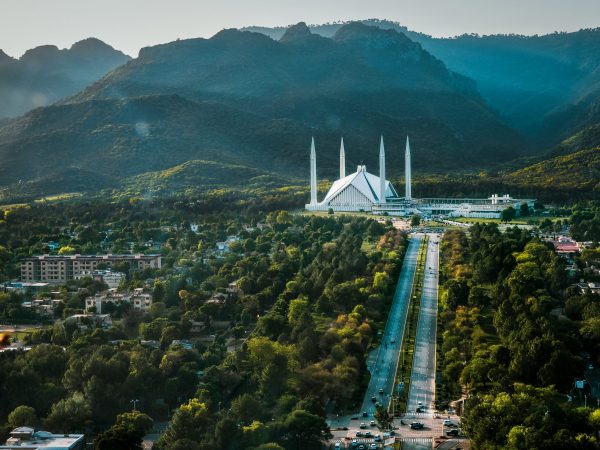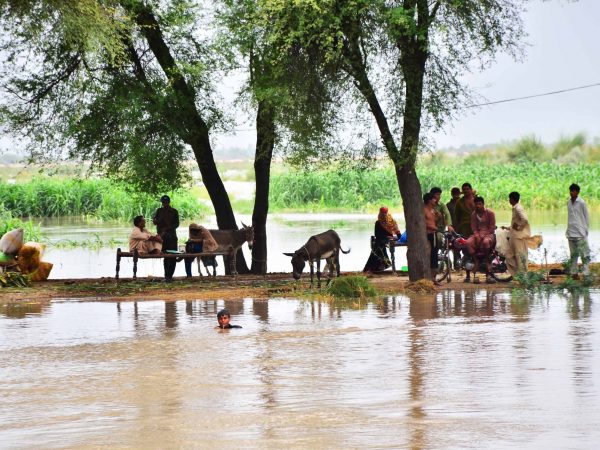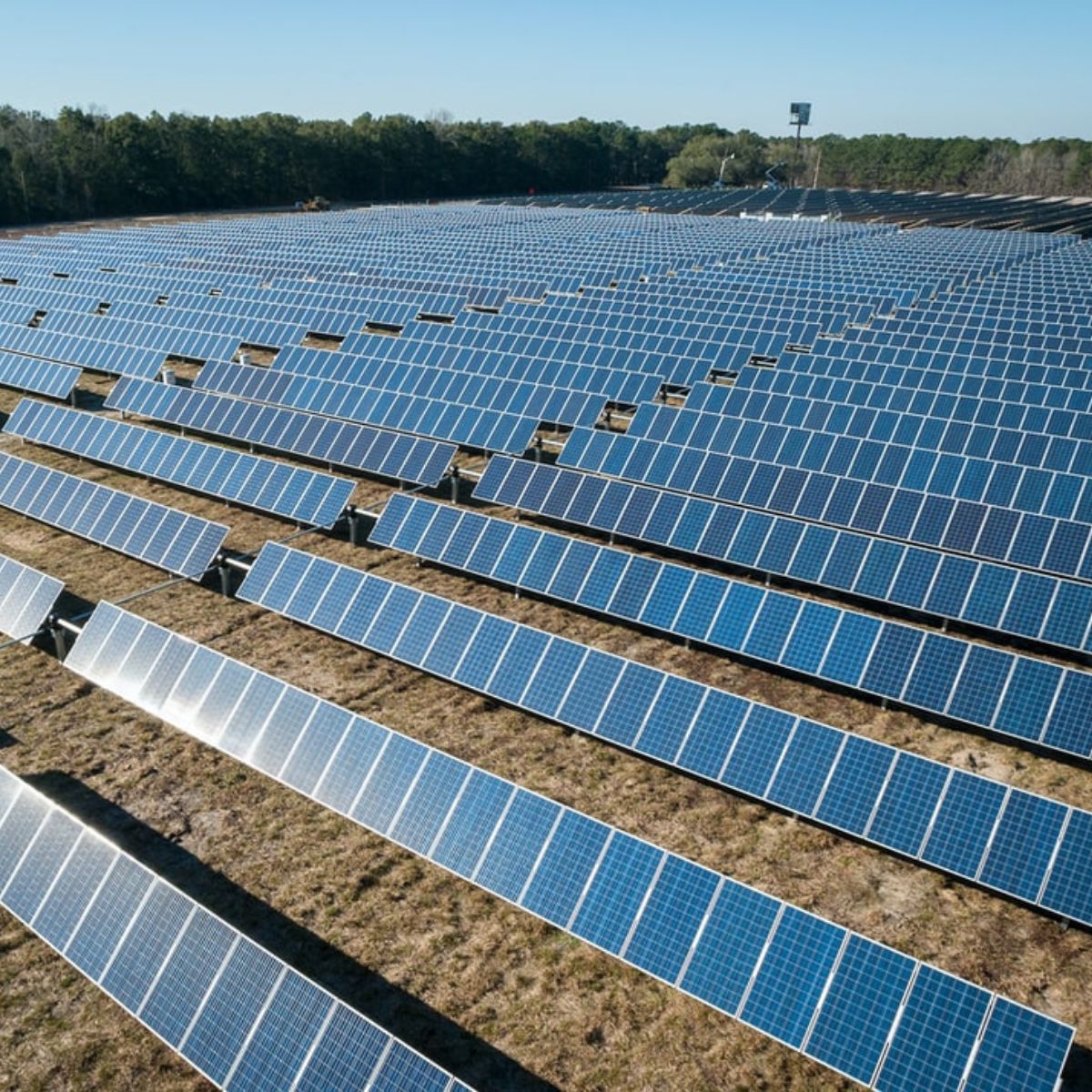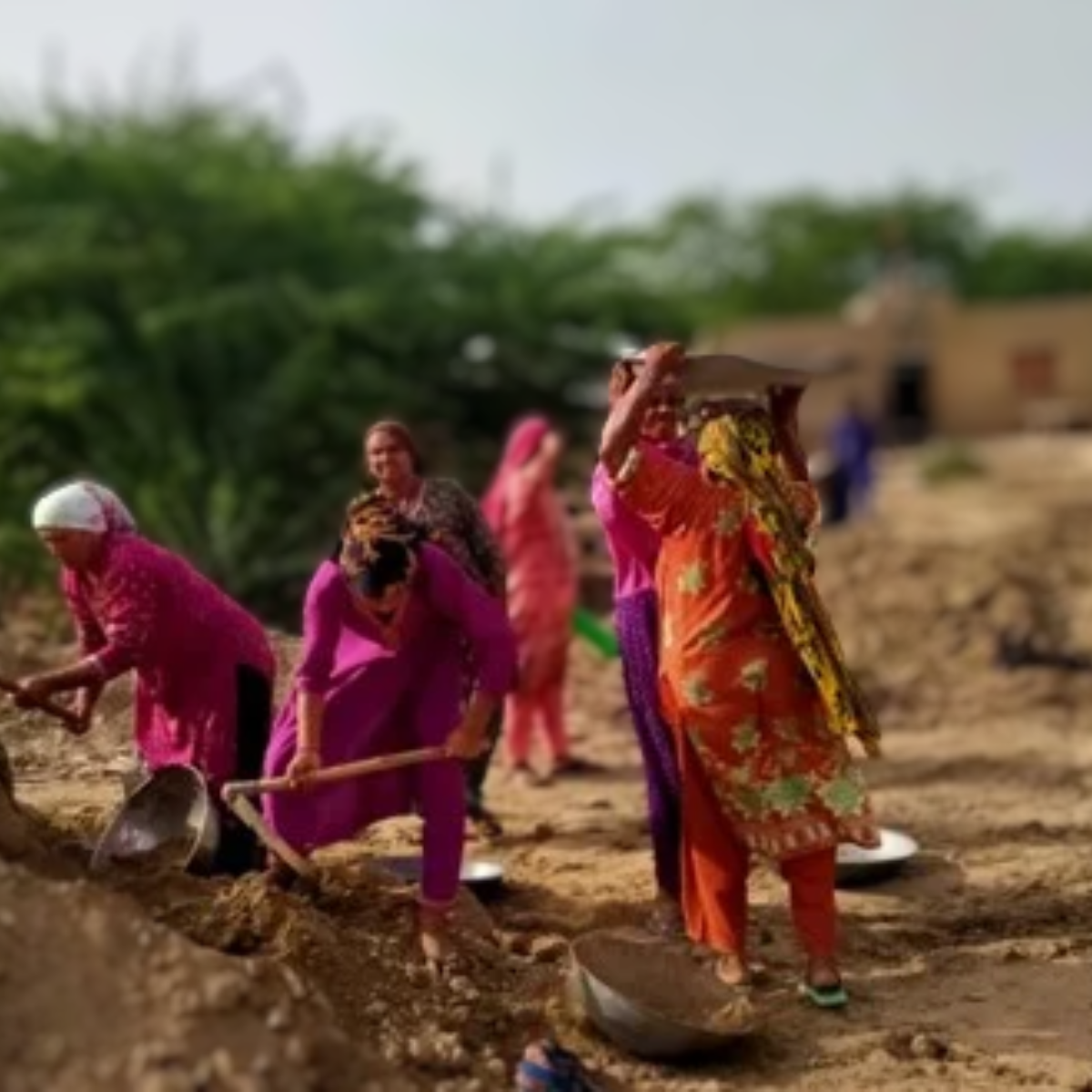Updated 4 August 2023
How are you, Pakistan?
Water is becoming a rare commodity in this diverse landscape of snowy mountains to sunny coastlines, and climate change is intensifying dreary droughts and flash floods.
Pakistan hosts nearly 2.8% of the global population and faces climate risks including rainfall variability, rising temperatures, and severe droughts.
The exposure of individuals to extreme river floods is projected to rise to approximately 5 million by 2035-2044. Additionally, the potential annual exposure to coastal flooding may increase by around 1 million by 2070-2100.
By 2030, flooding in Pakistan is anticipated to have an annual economic impact on GDP of US $5.8 billion.
Climate Change Analysis in Pakistan
The Global Climate Risk Index, 2021, positions Pakistan among the top 10 most affected countries in long-term climate risks from 2000 to 2019, considering fatalities and mortalities.
The 1999 droughts resulted in considerable crop failure and famine. Furthermore, floods cause an average annual loss of nearly US $1 billion, predominantly affecting the agriculture sector. In 2010, heavy rainfall impacted 20 million people and led to 2,000 fatalities.
The 2022 floods affected approximately 33 million people (one in seven), resulting in an estimated total damage of US $14.9 billion.
Increasing population, developmental activities, and urbanization are driving the rise in the country’s carbon emissions.
On a global scale, the country contributes 0.61% of CO2 emissions (kt) and has per capita emissions of 0.9. Predominantly, significant carbon emissions stem from the energy, agriculture, manufacturing, and transport sectors.
Committed to achieving its Updated NDC objectives, Pakistan is actively pursuing a low-carbon development pathway. To this end, the country has established the National Climate Change Policy in 2012, focusing on implementing climate mitigation measures across various sectors such as energy, agriculture, forestry, as well as renewable and hydroelectric power.
Please give the map some time to load depending on internet speeds.




